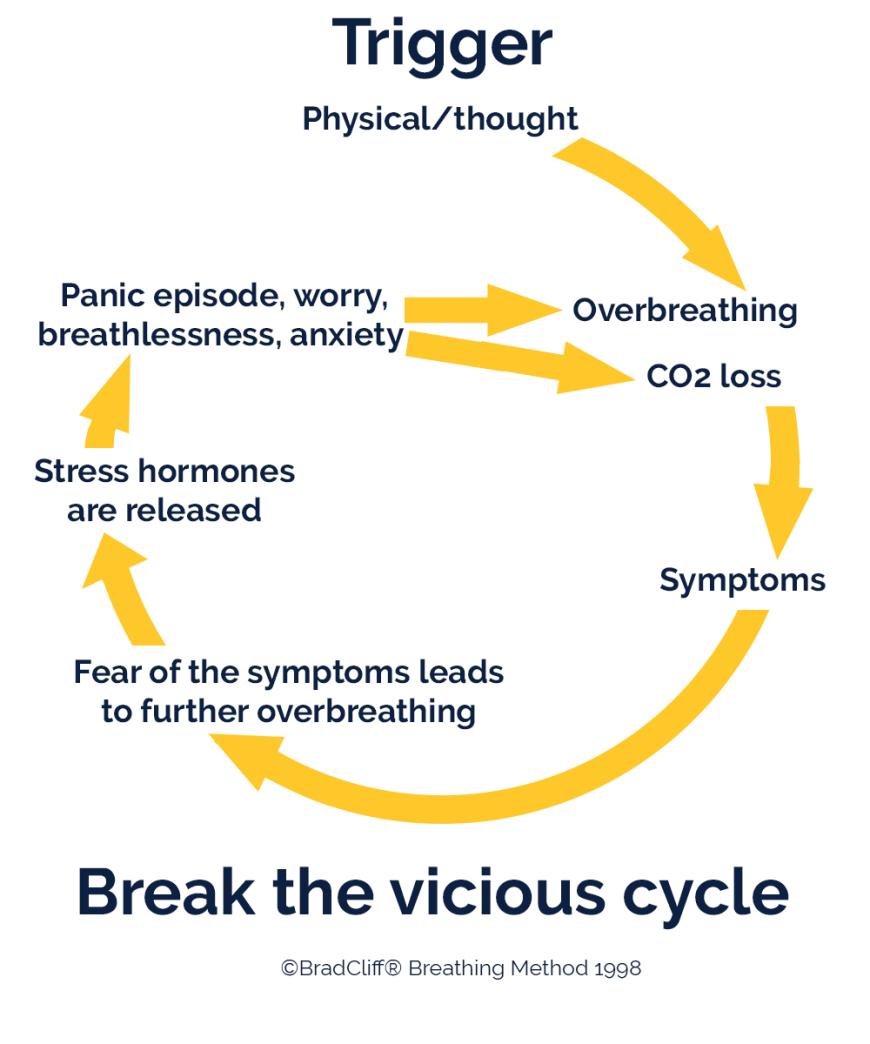Breathing well with rehabilitation post Covid
- 30 September 2020
It is important that anyone who experiences breathing difficulties seek professional help.
 Physiologically, when the body needs to change metabolic gears in order to fight a virus, cold or protect us against threat, our breathing will change to match this. There can be an increase in speed (respiratory rate) or an increase or decrease in volume. It's well known that when we have a body temperature increase, our respiratory rate increases to maintain the pH and internal homeostasis of the body. BUT what often happens is once this threat is removed, the altered pattern can remain. This is what we call a Breathing Pattern Disorder.
Physiologically, when the body needs to change metabolic gears in order to fight a virus, cold or protect us against threat, our breathing will change to match this. There can be an increase in speed (respiratory rate) or an increase or decrease in volume. It's well known that when we have a body temperature increase, our respiratory rate increases to maintain the pH and internal homeostasis of the body. BUT what often happens is once this threat is removed, the altered pattern can remain. This is what we call a Breathing Pattern Disorder.
The Breathing Pattern Disorder can become a disorder of its own and will cause its own specific signs and symptoms. The altered pattern will need help to reset breathing back to ‘normal’.
Literally, the body does need help to be guided back to breathing well again. It sounds simple but it is not always easy, and assistance must be given by a professional who knows what they are doing.
That is why we encourage individuals, if they are concerned, to seek expert help and a qualified health professional working in this field.
Several factors need to be addressed:
- The mechanical dysfunction – often the pattern has changed from a nose abdominal breathing pattern at rest to that of upper chest and mouth at rest.
- Often the biochemistry has altered, and the body has compensated to work with a lowered level of carbon dioxide in the blood.
- The altered patterns and biochemistry will keep the body in a state of high alert of precipitated rumination, anxiety and worry.
Symptoms that are associated with the above include breathlessness, fatigue, foggy thoughts, clammy hands and chest tension to name a few. These symptoms are worrying and cause further breakdown and dysfunction in breathing and in the system.
This vicious cycle needs to be broken as soon as possible.

So what is ideal breathing at rest?
Ideal breathing at rest for an adult (lying, quiet sitting and standing) is breathing nose, abdominally and at a rate of 10-14 breaths per minute. The exhale should be relaxed, with a small pause at the end of the exhale.
BradCliff Breathing therapists know how to help.
